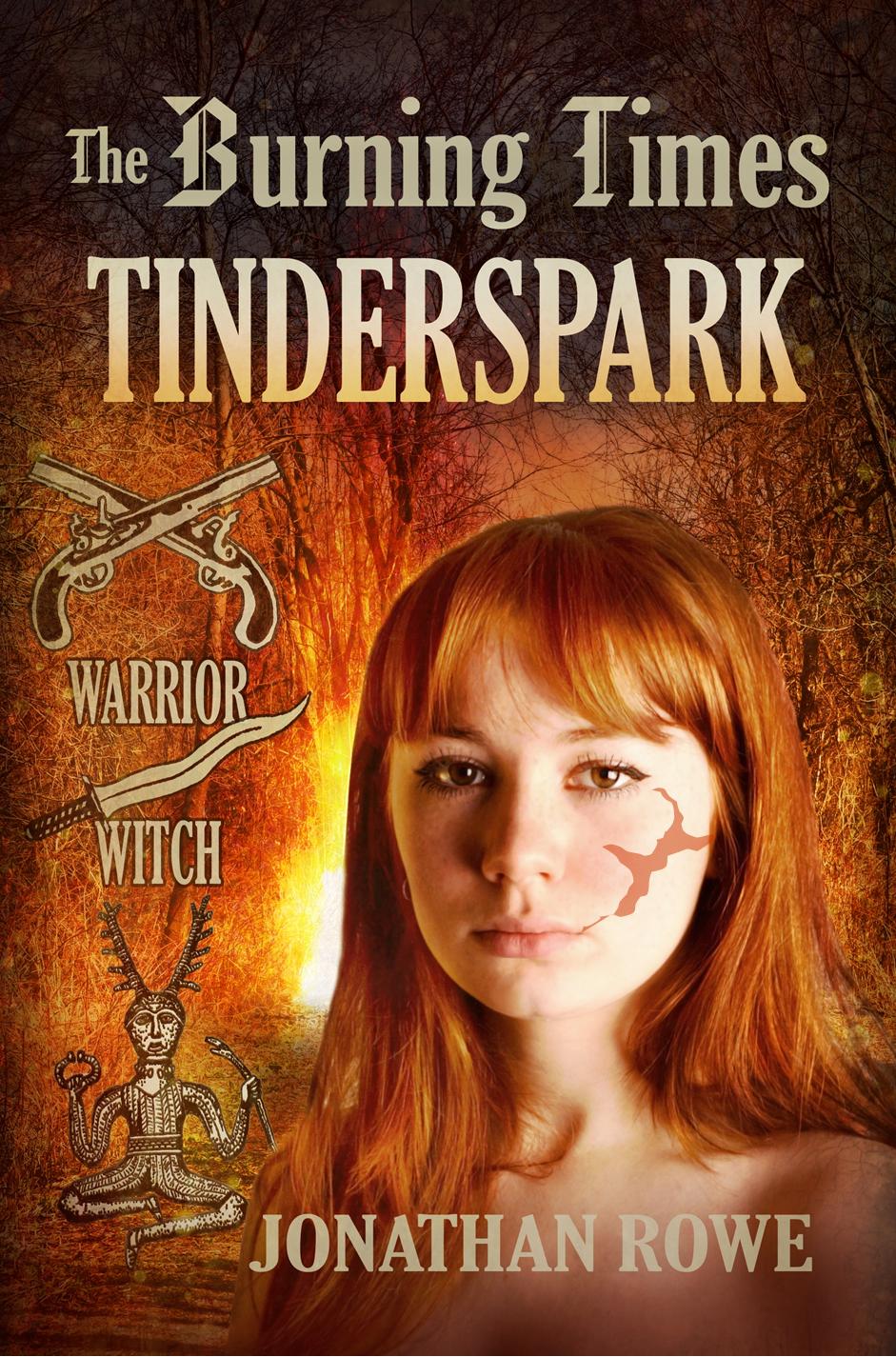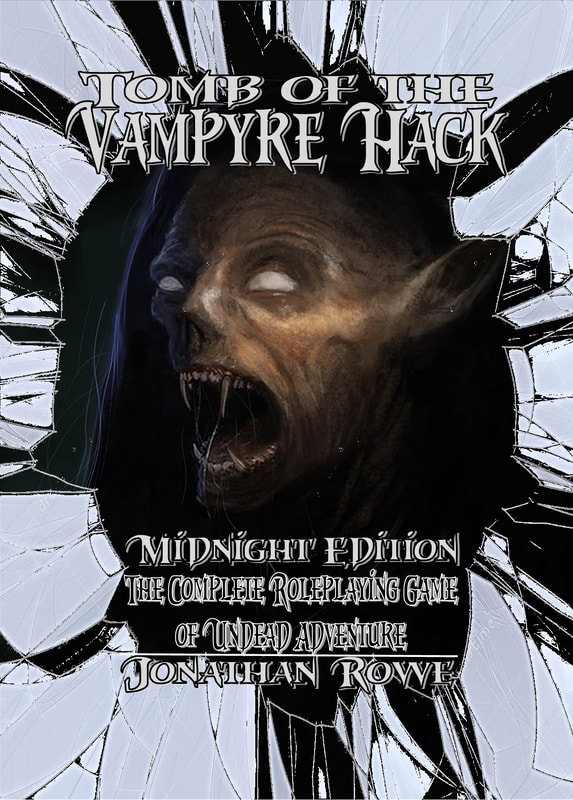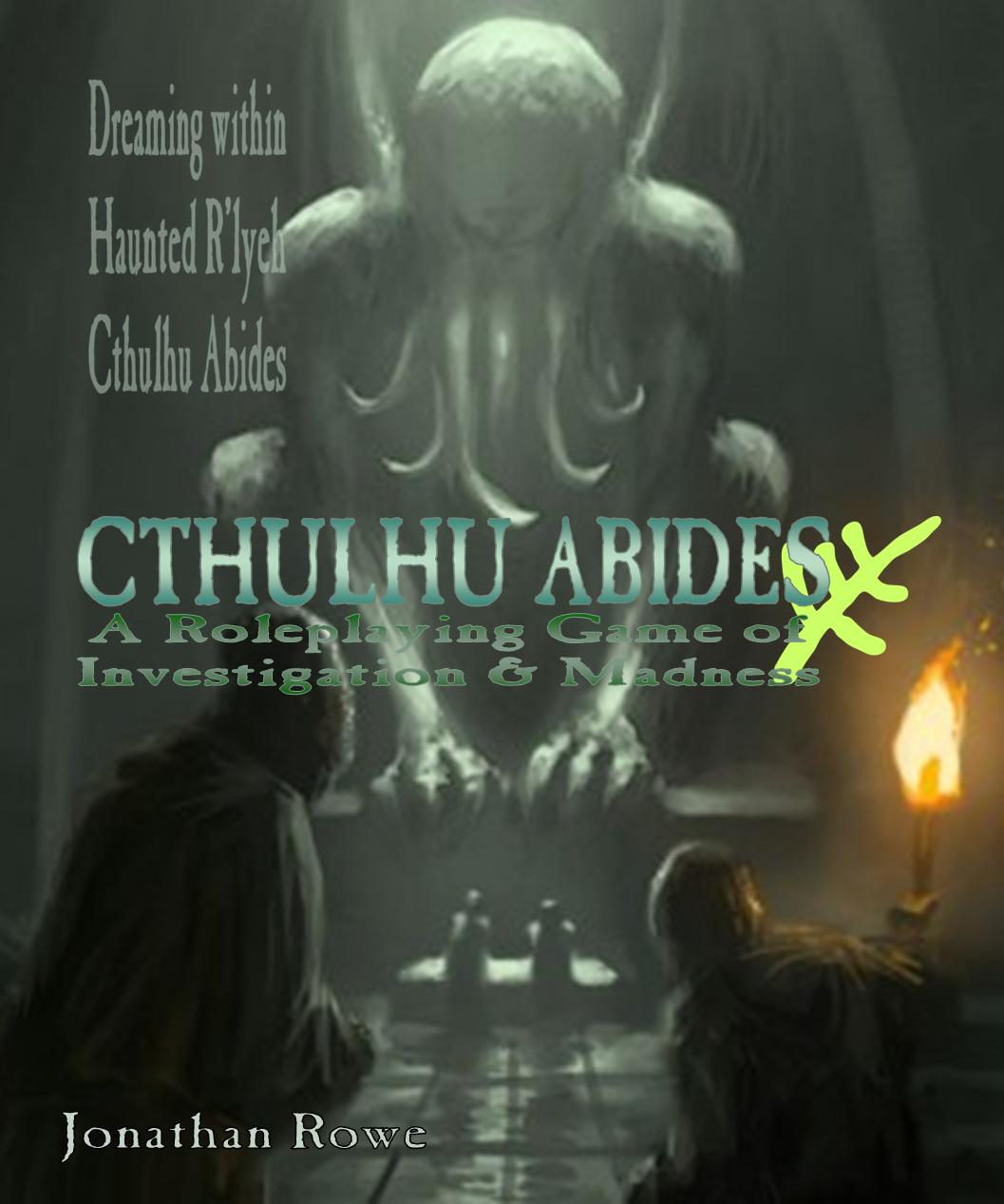|
A Book of Ghosts by Jon Wright is a collection of eight modern ghost stories with an unusual framing device. The stories are presented as the unpublished manuscript of a once-successful writer who has composed these tales, claiming they are based on real life events. Between each story an email exchange unfolds between the writer and his agent, Joan Mailer, who isn’t impressed with this new direction in her client’s writing. At first, these emails seem like interruptions, but as the collection unfolds they take on an increasingly sinister significance A Book of Ghosts is available on Amazon as paperback and Kindle e-book The stories themselves are an imaginative set. All are rooted in British locales, especially small rural villages in Yorkshire, Scotland, Devon and elsewhere, although one is set in an unnamed Midlands city. The protagonists are the sceptical and diffident middle class types of the ghost story genre, unsure of how to process the supernatural within their rather staid but comfortable frame of reference. If a single theme runs through it is ‘Ambiguity’ because the stories often conclude abruptly, leaving events unexplained and contradictions unresolved.
There is one exception in the fifth story, ‘The Four Horseman,’ which features four working class friends and the failing football club they support. This is the one story with an entirely urban setting and in which the ghost is unambiguously present. This is the least satisfying of the set, perhaps because its rather light-hearted and sentimental treatment of ghosts is so at odd with the rest of the stories. The first tale ‘Will-O-The-Wisp’ is set on the wintry Yorkshire Moors where an American hiker finds herself led astray by the mysterious flickering lights. There’s a surprising time-jump in the narrative that sets the main storyline in a tragic but deeply mysterious perspective. The final situation can be interpreted in many ways: are the lights malevolent spirits or warnings? is the menace from supernatural forces or an all-too-human killer? The narrative drops this conundrum in the reader’s lap: I was reminded of John Fowles’ A Maggot’ (1985) which offers several possible ways of explaining the disappearance of a part crossing Exmoor in the 1730s, subverting each wild hypothesis in turn and proposing nothing certain. ‘The Drummer in the Band’ is the most conventional ghost story in the set and the one that comes closest to horror. The narrator looks back on the punk band he was in during his youth and reflects on the disappearance of their friend and drummer Noel. The band splits and the narrator moves into a conventional career but reconnects with Noel years later, apparently by chance, and listens to his old friend’s account of the night of terror he endured in the old Rectory where he was staying. The story of this night is simply spellbinding and the strongest piece of writing in the set. I’m reminded of H.G. Wells’ The Red Room (1894) in which the protagonist must spend the night in a haunted room and the encroaching darkness because a source of existential terror. This story captures that menace while leaving all other interpretations open: Noel was on drugs, was having a breakdown, was menaced by a spectre, was deranged by repressed grief. The denouement is no less ambiguous but chillingly effective. By far the scariest story in the collection. ‘The View Across The Sea Loch’ is a very different proposition. A young father buys a painting on a Hebridean holiday but in old age becomes fascinated with the increasingly eerie details that emerge from it. The description of the painting, its curious secrets and the sense of doomed narrative that develops inside its frame is really well-constructed. The narrator’s position – studying the painting in the toilet, during nocturnal visits to ease his prostate – grounds the story in a delightfully humdrum setting. What is finally revealed is spectrally imprecise yet starkly troubling. This story is a masterful exercise in slow-burning anxiety. ‘Back To School’ strives for a similar effect, though I think less successfully. A middle-aged widow holidays in a North Devon village where she is mistaken for a former pupil at the now-closed school. The batty old ex-teacher regales her with a sinister story, implying she murdered a young colleague. Subtle supernatural details intrude, but later the whole event seems to be imaginary, more like a vision or perhaps a strange case of possession. The narrative ends abruptly, but the lack of explanation here is not pregnant with possibilities, as it was with ‘Will-O-The-Wisp,’ but feels instead like the abandonment of a story that still had another twist or two left. ‘The Four Horseman’ comes next. Even though it is tonally at odds with everything else in the collection, it works well placed next to ‘Back To School’ because it delivers a clear and unambiguous ending. This is quite important because the next story, ‘The Old Path,’ repeats the formula of ‘Back To School’ and the effect is no more successful. Here, an arrogant social scientist turns his evening walk home into an experiment on fellow-walkers by creating a new path through a dense copse, to see if other people use it in response to behavioural cues. As the seasons turn to winter and the evenings darken, the narrator remains unaware of the growing menace in his journey. Finally, he finds himself pursued by a sinister force and trapped in a sea of mud. Again, the story ends abruptly: normal life is restored, without explanation or reflection, and the narrative feels aborted rather than resolved. No such criticisms apply to ‘Walking The Dog’ which vies with ‘The Drummer In The Band’ for star position in this collection, albeit for very different reasons. An elderly dog-walker encounters a stranger on his route. The narrator is a type made familiar by this collection: staid in habits, rather smug, inclined to read too much into things. Nothing of moment occurs on each meeting – the two men exchange banal pleasantries – yet on each occasion the sense of strain grows, eventually becoming outright menace. At the outset the narrator reveals that he believes the other man to be a ghost; only at the very end does anything justify this. The closing coda contains a startling detail that sends you back to the two men’s parting, trying to work out which was the ghost all along. ‘Walking The Dog’ would probably nudge ‘Drummer’ out of top position, except for its positioning right after ‘Old Path’ which it resembles too closely: both recount journeys along a rustic path as the season changes, both with a similarly supercilious narrator. ‘Walking The Dog’ is the better story by a mile, but its strengths are obscured by being placed alongside its weaker, but structurally similar, predecessor. After ‘Walking The Dog’ the final story, ‘Lansdowne Road,’ would have its work cut out for it. It’s a fine tale of premonition and the unfolding of fate over an imagined lifetime. It lacks the thematic punch of the earlier tales; although many scenes are sharply realised, it exists in the shadow of the preceding story. Most readers will come away misremembering ‘Walking The Dog’ as the climax of the set. Discussion of sequencing needs to consider the framing device of the author’s correspondence with literary agent Joan Mailer. At first, Mailer is the star of this exchange with an outrageously flamboyant turn of phrase, all easy bonhomie and complacent privilege. As the author’s mental state deteriorates, Mailer becomes concerned, then frightened. The final story, ‘The Brocken Spectre’ which was mentioned back in ‘Will-O-The-Wisp’ has been redacted from the collection and we are left instead with a vanished author and, perhaps, vanished Mailer too. It’s an artful device that moves the sense of dread out of the literary world and into the real world of author and publisher. I’m not sure whether the closing lines – a menacing expression from the Spectre itself, directed at the reader? – are really warranted. The author’s email account revealed as unavailable and unresponsive is as final a message from the grave as you could wish for. There’s a lot to enjoy in A Book Of Ghosts and Jon Wright’s steadfast commitment to ambiguity would warm M.R. James’ dusty heart. I’m not convinced that ‘The Four Horsemen’ really belongs in this set and there are a couple of stories that perhaps need a bit longer ‘in the oven’ so that satisfying resolutions can be found for them. I wonder at the decision to position ‘Lansdowne Road’ as the final tale. Yes, it features death, but the collection’s theme is more evident in ‘Walking The Dog’ and it is that story which makes explicit the device of narrator and ghost swapping places. I like using iTunes to re-sequence my music albums and I wish Kindle would let me move ‘Walking The Dog’ to the end, to round off the collection in a truly unsettling way. The only other improvement to A Book Of Ghosts would be a bit more effort on presentation: a contents page is a really important tool for finding your way around e-books and the story titles could do with standing out a bit more (larger typeface, emboldened, etc); it would be nice to get an author bio. The stark text simply drops you into the first email then rattles on to the end without a break, after which blank pages and silence. Yes, it fits thematically with what the text is aiming for, but it's a barrier to enjoying the book in other ways. There: I set out to write a few hundred words reviewing A Book Of Ghosts and I’ve done more than twice that: a clear testimony to the power of this collection of deeply thought-provoking ghost stories.
0 Comments
Leave a Reply. |
30 Minute Dungeons
Essays on Forge
FORGE Reviews
OSR REVIEWS
White Box
THROUGH THE Hedgerow
Fen Orc
I'm a teacher and a writer and I love board games and RPGs. I got into D&D back in the '70s with Eric Holmes' 'Blue Book' set and I've started writing my own OSR-inspired games - as well as fantasy and supernatural fiction.. Archives
July 2024
Categories
All
|



 RSS Feed
RSS Feed
























